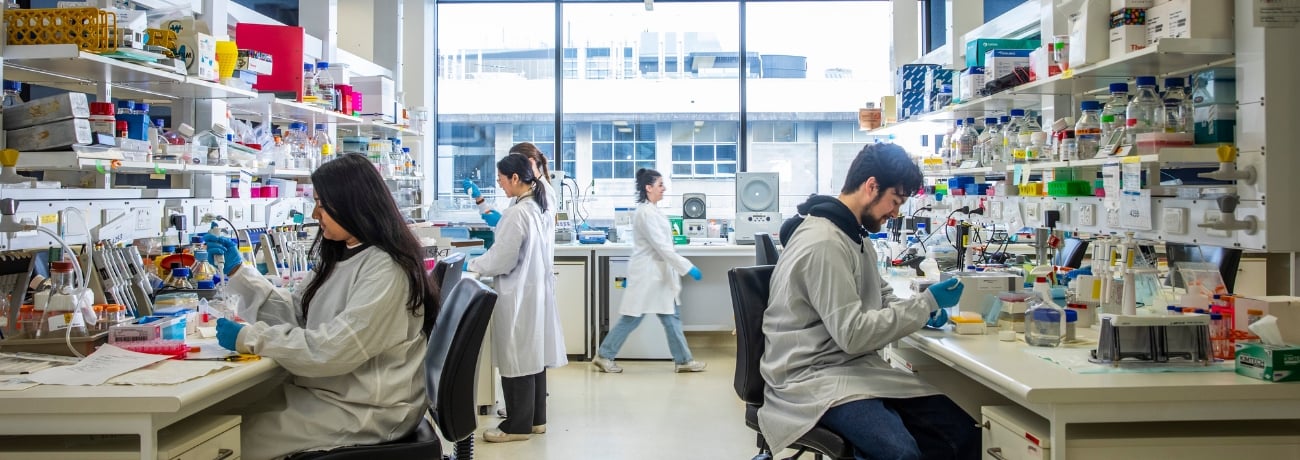The researchers were investigating gamma-aminobutyric acid, known as GABA, the main inhibitory neurotransmitter in the human brain, when the findings were made.
“We were using computer models from the Blue Brain Project, which predicted that GABA could be having two different functions – increasing the excitability of one type of interneuron and decreasing the excitability of another type of interneuron,” said Dr Alexander Bryson from The Florey.
“This was surprising to us because GABA is primarily thought to inhibit or reduce the excitability of neurons,” said Dr Bryson.
The researchers were subsequently able to observe the phenomenon in the laboratory. These results challenge the prevailing scientific view and suggest that sub-types of interneurons defined by their electrophysiology characteristics can undergo selective modulation by GABA.
Professor Sean Hill, co-Director at the EPFL Blue Brain Project, says the results were only possible through collaboration bringing together the modelling expertise and computational infrastructure of Blue Brain with the receptor expertise and data from The Florey.
“The result was wholly counterintuitive and exciting, with significant implications for understanding brain circuit alterations in mental health disorders,” said Professor Hill.
Professor Steven Petrou, Director of The Florey agrees that the finding has exciting implications.
“Understanding the human brain is one of the great challenges remaining for scientists. GABA is the predominant chemical messenger in the brain and we already knew its role changes over the course of neurodevelopment. These findings show additional complexity of this common neurotransmitter,” said Professor Petrou.

Left to right: Professor Petrou and Dr Bryson from The Florey
The collaboration involved researchers from the Florey Institute of Neuroscience and Mental Health, the EPFL Blue Brain Project and the Australian Research Council Centre of Excellence for Integrative Brain Function.
The research has been published in Proceedings of the National Academy of Sciences of the United States of America (DOI:10.1073/pnas.1906369117). Click to access the full research paper here.
For all media enquiries, contact The Florey Media team.
[email protected]
